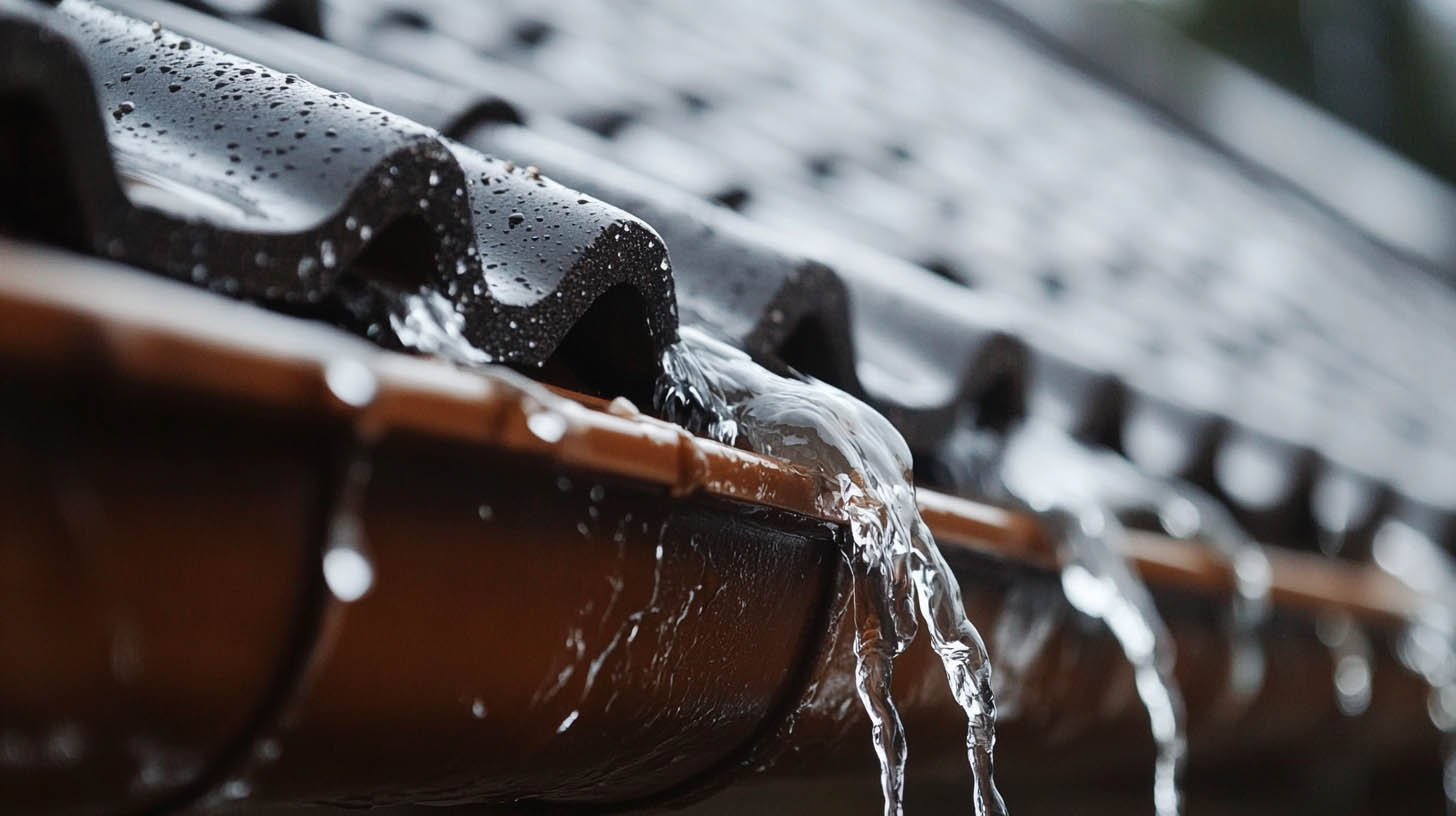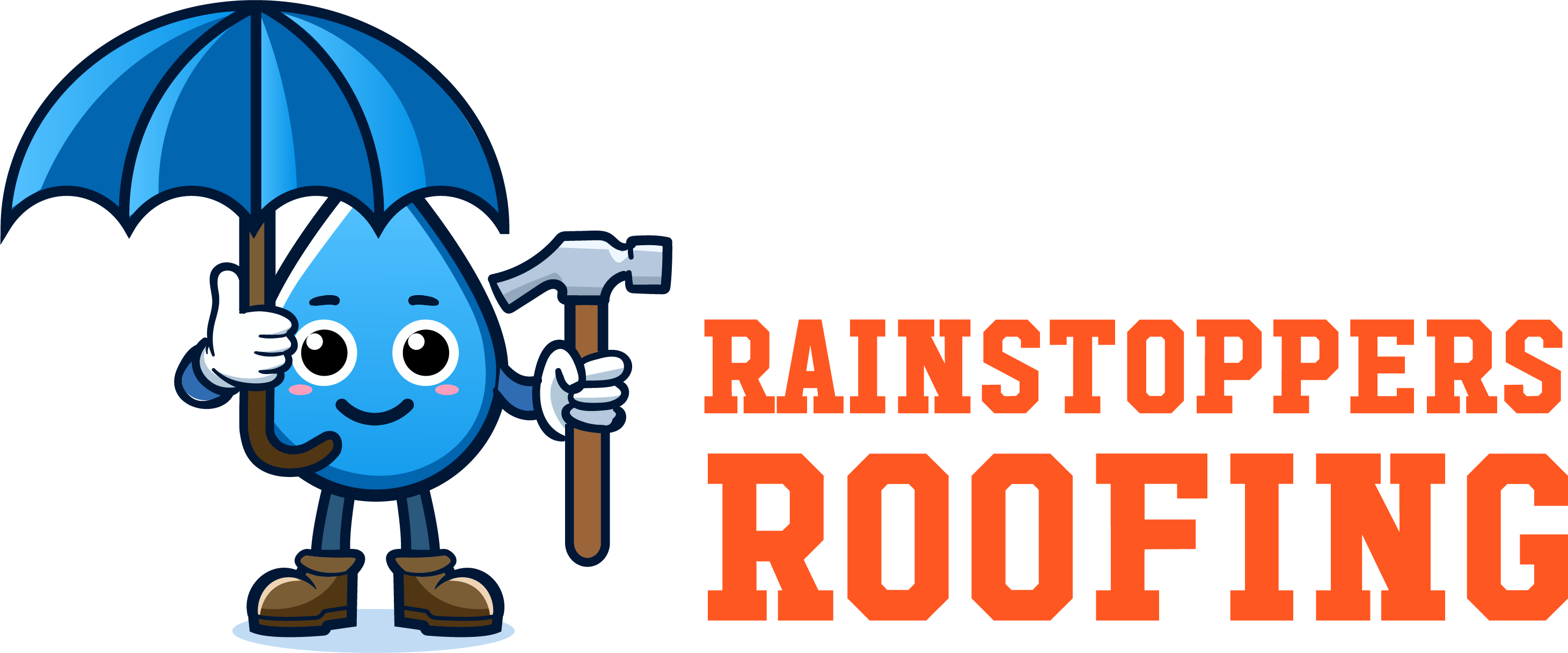
A leaky roof can cause extensive damage to your home and lead to costly repairs if not addressed promptly. At Rainstoppers Roofing, based in Charleston, WV, we guide homeowners in preventing and mitigating roof leaks to safeguard their properties.
Signs of a Leaky Roof
Identifying a leaky roof early can save you from expensive repairs.
- Ceiling Stains: Water stains on ceilings or walls often indicate a leak.
- Dripping Sounds: Water dripping in the attic or within walls.
- Bubbling Paint: Pockets of water under paint or wallpaper.
Steps to Take When You Find a Leak
1. Protect Your Belongings
Move furniture, electronics, and valuables away from the leak. If relocation isn’t possible, cover them with a tarp to prevent water damage.
2. Contain the Water
Place a bucket or container under the drip to collect water. To minimize noise, position a board inside the bucket to break the fall of the water.
3. Relieve Ceiling Pressure
If you notice bubbles forming on the ceiling, pop them carefully with a screwdriver to release the trapped water and prevent the ceiling from collapsing.
Temporary Fixes
Cover the Leak
Place a tarp over the suspected leak on your roof to minimize further water entry. Secure the tarp with nails or under shingles for stability.
Document the Damage
Take photos of the affected areas for insurance claims. Include damages to belongings and structural issues caused by the leak.
Did you know? Insurance claims for roof leaks are easier to process with photographic evidence of the initial damage.
Long-Term Solutions
Engage Professional Roofers
Hire experienced contractors to repair or replace your roof. Professionals can identify hidden damage and prevent recurring issues.
Routine Maintenance
Inspect your roof regularly for cracks, clogged gutters, or missing shingles. Be proactive, especially after severe weather conditions.
For expert advice on whether to repair or replace your roof, click here.
Risks of Ignoring a Leaky Roof
- Structural Damage: Persistent leaks weaken wooden beams, walls, and ceilings.
- Mold Growth: Damp areas encourage mold, posing health risks to occupants.
- Electrical Hazards: Water infiltrating wiring increases the risk of electrical fires.
- Insulation Failure: Wet insulation loses its effectiveness, driving up energy costs.
Fact: Untreated leaks can reduce property value by 20% due to compromised structural integrity.
Conclusion
A leaky roof is not a problem to ignore. Addressing leaks promptly with professional repairs and regular maintenance ensures the longevity of your home and protects its value. Rainstoppers Roofing, an A+ BBB-rated contractor, offers expert solutions to fix and prevent roof leaks effectively.
FAQs
1. How can I tell if my roof is leaking?
Common signs include ceiling stains, dripping water, and paint bubbles.
2. Can I fix a roof leak myself?
Temporary fixes like tarps are manageable, but professional repairs are recommended for lasting solutions.
3. How does a leaky roof affect home insulation?
Water saturation reduces insulation efficiency, leading to higher energy bills.
4. What should I do after a roof leak damages my belongings?
Photograph the damage and contact your insurance provider for claims.
5. How often should I inspect my roof for leaks?
Inspect your roof biannually and after severe weather events.
If you want to read a blog about key factors to consider before hiring a roofing contractor, click here.
